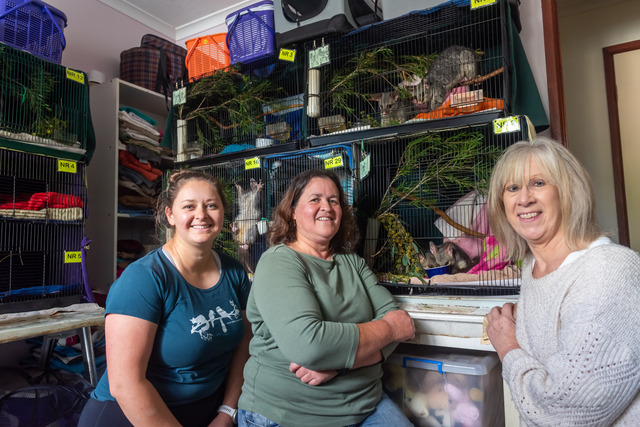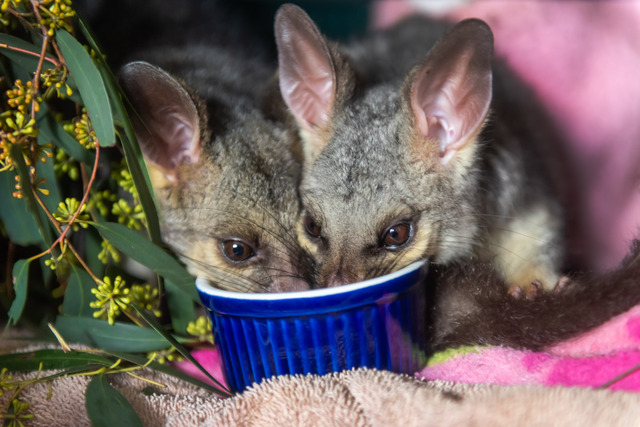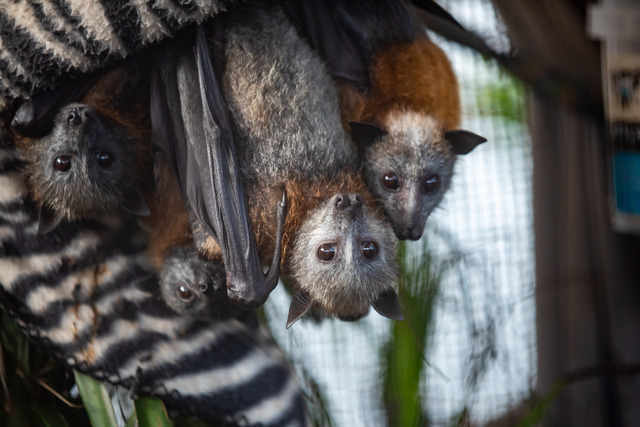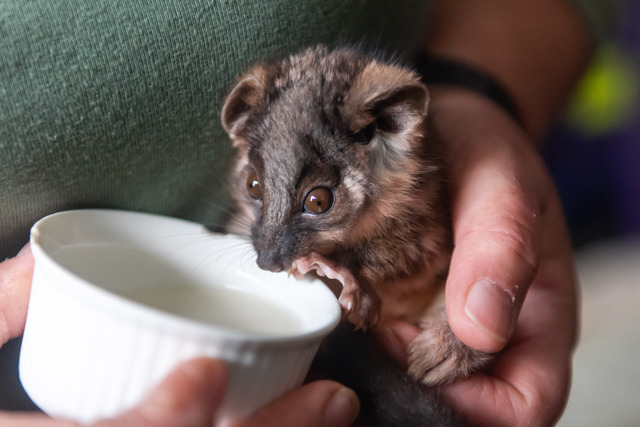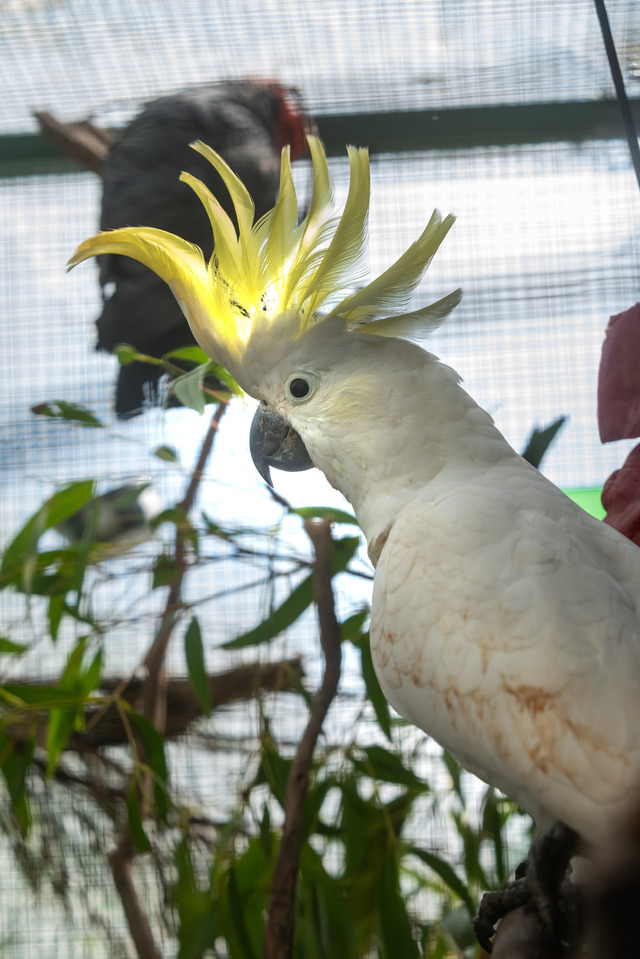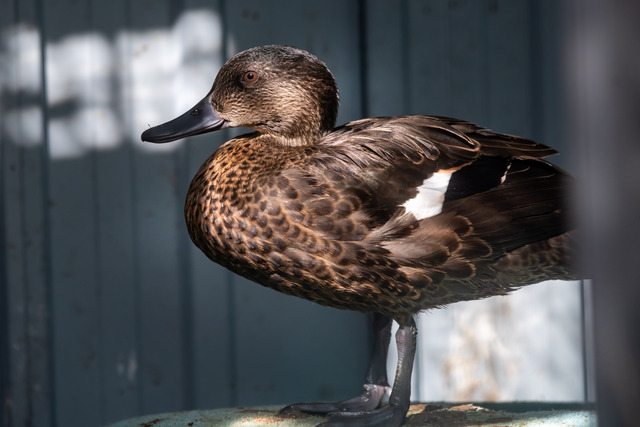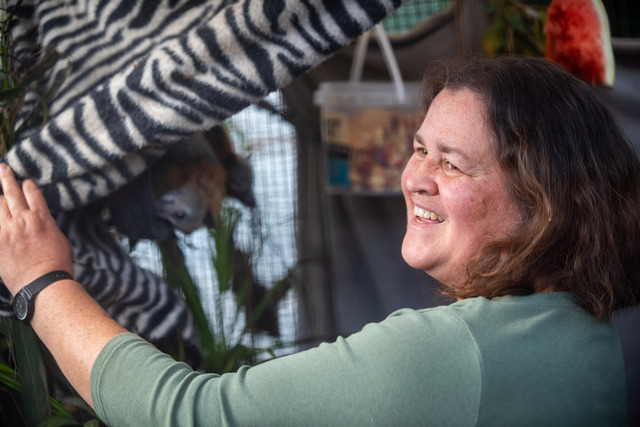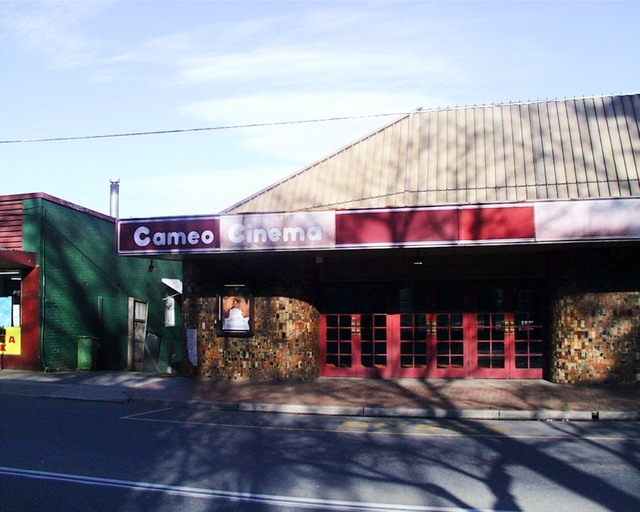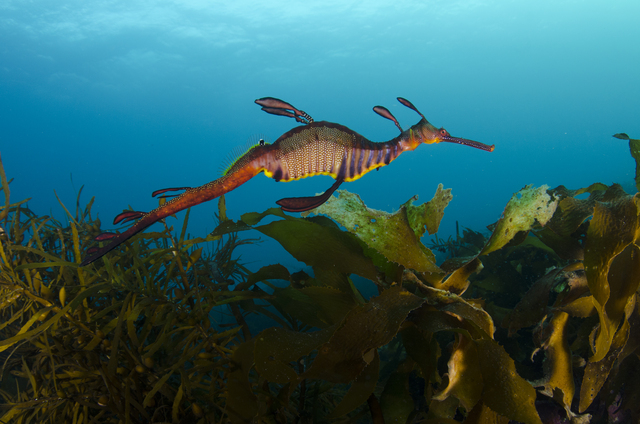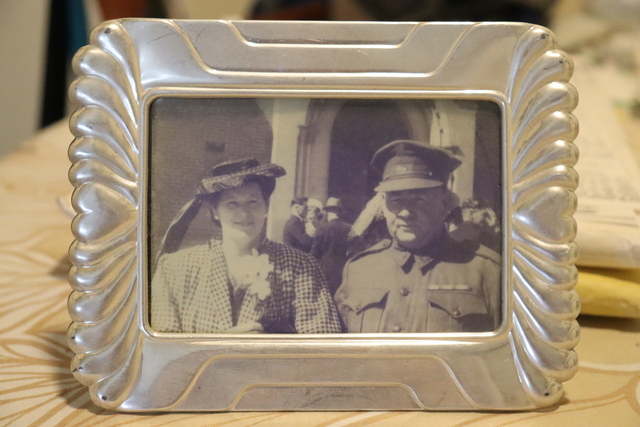Kay Taranto’s Wild Days Wildlife Shelter is tucked away down a drive in the Narre Warren residential precinct. It is a single-story structure under tree shades with a spacious front yard, revealing not the slightest betrayal of the neighbourhood’s character. It’s involuntary to suspect you got the wrong address and question how this place could possibly rescue more than 1000 wildlife a year.
But Kay has shown everyone she could.
The structure is her house. It was transformed into a registered wildlife haven without any structural conversion. She just makes the most of the existing space in an organised and quiet way. Card boxes of supplies and vented plastic fruit boxes are piled neatly. Coles’ plastic bags that hold the food donations from the kind helpers are gathered in the kitchen. Wildlife portraits decorate the walls. She has a cage room for small-sized orphans, a treatment room, and more than 10 aviaries in the backyard. This is where she has lived and breathed her rescue day for the past 16 years.
The beginning is a brushtail possum, whose close-up shot is framed on the wall. He was a little orphan from a car accident that killed his mum.
The wildlife shelter started similar to many, Kay said.
She had always loved animals and then one day, coming across an injured one, she picked it up and found out – through the process of what happens next – that there wasn’t enough people helping out.
“And then you think, oh, I’ve gotta do something to help,” Kay recalled.
“At that time, I was a single mom and working full time. And so how could I help? I started doing rescuing after work, and that led to this.”
Long story short, Kay took on another full-time job, unpaid, 24 hours a day, 7 days a week, and 365 days a year.
“The rescues are often at night because we have nocturnal animals, and that’s when they are out and about and hit on the roads. And that’s when the cats and the dogs attack the possums that are walking across,” she said.
“The youngest ones need to be fed normally every four hours. It’s like having a newborn baby, but at once having 80 of them.
“They (wildlife) come from everywhere. They come from people who know that I do this. They will ring me if they find something.
“All the local vets know that I do this. If people drop things at a vet, the vets also can come and pick them up.”
The inevitable after the rescue is rehabilitation and release. Kay scrutinises the science behind every step. She simulates the natural environment for animals, accommodates their habits and needs, and rewilds them as much as she can.
Take ducklings as an example. Several ducklings are at the moment wandering casually in one of the large aviaries in Kay’s backyard.
“Ducklings are a good example where you definitely often try to raise them as a group. We try and coordinate between carers,” Kay said.
“If I raise one duckling by itself, it’ll end up imprinting on people. So, we try and talk between the carers and see who’s got others and make a group so that they don’t get humanised.
“I spend a lot of time making sure we don’t humanise things so they can be released.”
It is the same with young possums. Kay first places them in a small cage with branches and other simulated natural elements and moves them into a bigger cage when they size up.
“They learn how to live and be as wild as possible before release,” she said.
“And, eventually, they learn to just not want to go near people. So when they’re released, they’re not approaching people.”
Though motivated, dedicated, and determined to make everything work, Kay admits she is really tired, which comes as a natural reaction from someone who has been grinding nonstop for almost two decades.
It is a non-governmental cause with no funding at all.
“I’ve got an almost full-time job to fund this. Sometimes there are small grants, but it’s not really enough to cover the operations for the whole year. It might help with some things,” she said.
“Some people donate some things, but there’s a lot of specialty food that just needs the money to buy. So if you’re raising a baby wombat, for example, you have to have wombat milk that costs quite a lot because not many people buy wombat milk.
“The funding is definitely a challenge. Even all the power, water, and phone bills are huge. The washing machine is going nonstop. My phone rings constantly.
“It’s a struggle, but there’s so much passion for what’s being done.”
Kay said she just could not stop.
“There’s so much of a need, and the need’s getting greater and greater every year,” Kay said.
“The first year I did this, it was about 40 animals for the year. And with climate change and the population increase around Casey, now I’ve got over 1000 animals a year.
“The problem is if there’s an animal that needs rehabilitation and there’s nowhere for it to go, then the vets will just put it down.
“It’s heartbreaking. It hurts to hear something like it is.”
A cruel validation of how reality has gone downhill is the orphaned grey-headed flying foxes in her shelter, a threatened species in Victoria.
“All the pups were about three weeks old in November last year. There started to be a crisis happening across all the bats in Victoria, New South Wales, and Queensland. All the moms couldn’t feed their babies properly, and their milk dried up, and they started abandoning their babies,” Kay said.
“Moms were starving. Babies weren’t being fed. Babies were dropping off from mom while she was flying. And then once babies are too big to carry in flight, they hang them in a creche tree. So they will hang together, and the adults fly out. But adults started leaving them there and not coming back for them.
“Then we started having to go down to the [Doveton] colonies every day to find the ones that had been abandoned because they’re all just dying in the trees.
“It is the first time this happened. And they [scientists] think it’s related to loss of habitat, the fires, the floods, the different weather that we’re having now.”
One thing that makes Kay reassured and grateful along the hard way is that she may start alone, but she is and will never be alone.
Now she has about 10 volunteers and a squad of junior volunteers.
“I have experienced volunteers that are here on the two days that I need to go to the office. They’ll come in because someone has to be here all the time,” she said.
“And then I have other volunteers who may be less experienced and need me to be here to help with certain things.
“I also have junior volunteers that come fortnightly, who are like 8 or 9 or 10 years old. That’s my passion to get kids to know.”
Catherine Currie is a new volunteer who started about a month ago. She comes down once a week to clean out the cages, feed animals, and do whatever she can to help. She has been enjoying her work ever since.
“Kay teaches me something every time I come here, which is a lot about how vulnerable they (wildlife) all are and what’s happened with them, what we’re doing to the environment, and how that’s impacting the wildlife,” she said.
“I think the majority of people don’t know about that. It is devastating what we’re doing.
“I am learning a lot about wildlife that I never knew before.
“And the only way you would know that is by volunteering and doing something like this and listening to Kay and just learning. Then you impart that onto your friends.”
Despite all the efforts and the progress the shelter has made, Kay is concerned about the speed of population increase in Casey and the habitat loss that comes along.
“Every time the road is widened, it’s harder for animals to cross the road. They put roads through bushlands on both sides. Of course, animals are going to get hit,” she said.
“Instead of working around the environments, a lot of the development [they] just clear it all and then say, we’ll plant trees later. But they’ve lost these trees that are 100 years old that have all this habitat, and they plant a tiny shrub and say it’s the same.
“Lots of new houses go right to the edge of the perimeter, and there are no trees anymore in backyards and front yards.”
Kay said the habitat connectivity was important, but it had been disrupted to some extent in Casey.
“Even if there’s not huge amounts of habitat, as long as it’s all connected, animals can make do,” she said.
“But the connection is broken so frequently with roads and houses.
“It’s depressing, isn’t it?
“I think Casey has got a plan to increase canopy cover. They’re finally realising that they need to fix this.”
Kay has spent a lot of time talking to school groups and kids about how they can look after the environment and what could have been done differently in the way they live.
At the end of the day, she believes information and knowledge are the keys to slowly reversing reality.
“The more you know, the more you care,” she said.
“It’s all about information, knowledge, and individuals making choices that will make the difference.
“Just simple little things. Like if every single house had a water dish in the garden on hot days, it would save thousands of animals.”
To know more about Wild Days Wildlife Shelter and help, visit wilddaysws.org/welcome-to-wild-days1
Wild Days Wildlife Shelter was the winner of the 2024 Casey Community Group of the Year.

